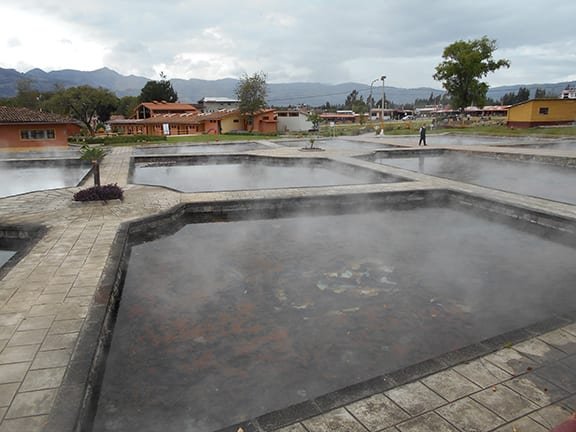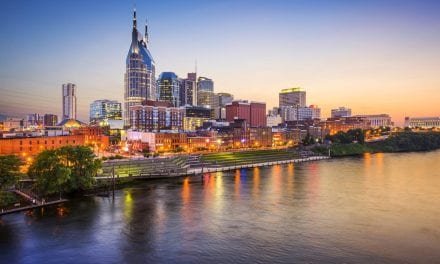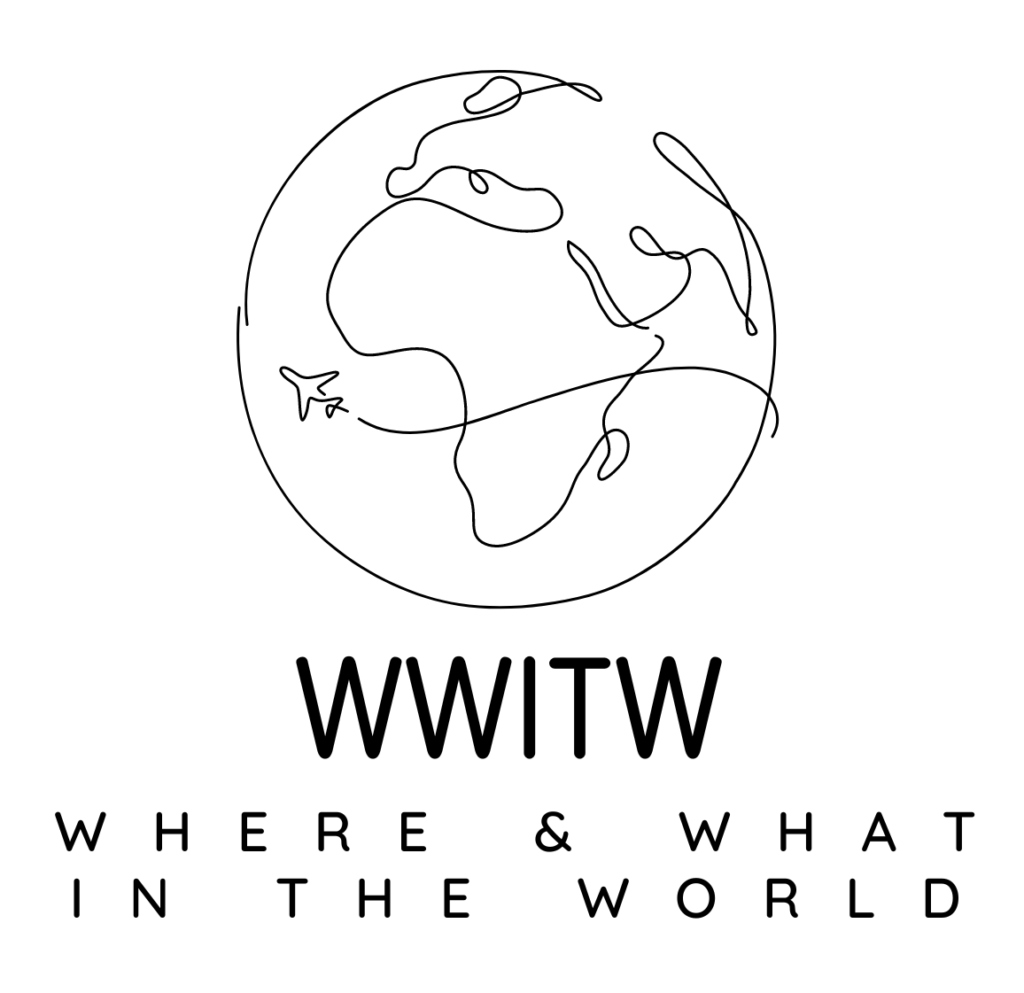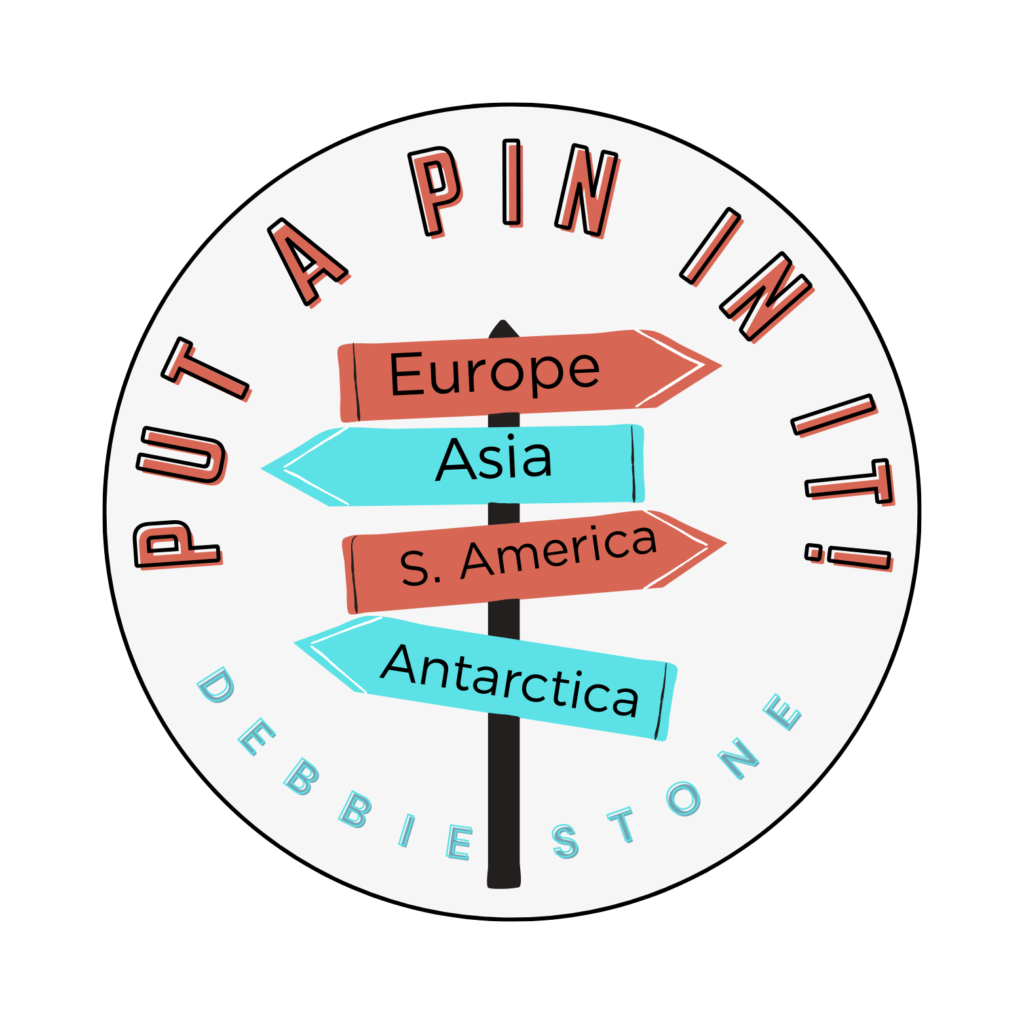By Mike Gasparovic
November 16, 1532. Just before sundown, a group of 6,000 Inca warriors parades slowly into the main square of a quiet town in the central Andes. They carry no weapons. Flushed as they are with victory in a recent civil war, who would dare attack?
With them, borne on a litter adorned with parrot feathers, is their ruler Atahualpa, a six-foot goliath who has come to meet a tiny group of 168 bearded foreigners whose approach from the coast he’s been monitoring curiously for months. Atahualpa’s plan is simple: enslave the intruders, steal their horses. Little does the Inca realize, at this moment those bearded men, led by Francisco Pizarro, a former swineherd from Estremadura, have hatched a plot to ambush him from their barracks around the square. He’s walked into a trap.
What happens over the next two hours will alter the course of world history. When the dust clears from the hand-to-hand combat, all 6,000 of Atahualpa’s men will lie dead, and the Inca himself will be Pizarro’s captive. Total Spanish casualties: zero. So begins the history of European domination in South America.
Astonishing? No doubt, and even more astonishing is the fact that the town in Peru where all this happened, Cajamarca, is still relatively unknown to tourists—Peruvians no less than foreigners. Cradled amidst verdant hills some 9,000 feet above sea level, Cajamarca is the town Big Tourism forgot, a quiet hamlet where nature and Peruvian history are abundantly on display, and thus a perfect destination for a three-day jaunt from Lima or Cuzco.
To help you plan your long weekend at this off-the-radar haven, here’s a suggested itinerary. P.S.: Don’t forget your umbrella: Cajamarca’s weather can be unpredictable.
Friday
10:00 a.m. First stop is the historic Plaza de Armas (main square) which was Ground Zero for the Spanish-Inca clash. Here the uncontested centerpiece is the Cuarto del Rescate (Puga 750), the Inca edifice where Atahualpa was held hostage while Pizarro’s minions ransacked his empire for gold and silver. The line marking the point reached by the piled-up treasure is still visible on the chamber wall.
No less important is the Plaza de Armas itself, where Atahualpa was captured—though the original square was much bigger in his day. While you’re there, stop in the Plaza’s two churches, the Catedral and the Iglesia de San Francisco, built to serve the city’s Spanish and native congregations, respectively. (Ironically, it’s the latter that’s the more beautiful of the two, with a sumptuous baroque altar and creepy catacombs in its subterranean religious museum.)
1:00 p.m. After being inundated with so much history, you’ll probably be ready for lunch. Don Paco (Puga 726) is tailor-made for famished tourists (and locals). Peruvian standbys such as aji de gallina are lovingly prepared, but the real standouts are the novoandina fusion plates, which infuse local ingredients with French and Italian accents. Recommended: medallones de lomo and magret de pato en salsa de aguaymanta.
3:30 p.m. Cajamarcan cooking can be rich, so while you’re digesting, take advantage of your body’s down time to explore the attractions that lie outside the city. Collpa farm, a former hacienda that became a collective in the 70s, is a perennial crowd-pleaser. The high point is the “calling of the cows,” in which the farm’s Holsteins scamper across a paddock upon hearing their names, but nature lovers will also appreciate the visit to the stunning Llacanora waterfalls in the outlying hills that caps off the outing. To get there, take a van with one of the countless identical tour companies that line the Plaza. The prices are extremely reasonable, but beware: groups leave at 3:30 sharp, and there’s only one per day. Be punctual.
8:00 p.m. Back in town for dinner, try Querubino (Puga 589), just around the corner from the Catedral. This homey emporium serves Italian and Peruvian comfort food; the pastas especially are soothing after a long day of sightseeing. Afterwards, stroll around the square and enjoy the Andean night sky.
Saturday
9:00 a.m. Early morning is the perfect time to see the Baños del Inca, a bath complex fed by the same thermal springs used by the Incas 500 years ago. When Pizarro first arrived in Cajamarca, Atahualpa was here, taking the waters at one of his summer houses outside the town. The ingenious sluicing system that allowed him to control the baths’ temperature still exists today. For a nominal fee, you can rent a sauna in one of the adjoining cabins to leach out your body’s stress, pore by pore. To get here, take a combi (minibus) from the corner of Dos de Mayo and Chanchamayo, just north of the Plaza de Armas.
12:00 p.m. Coming back from the baths, get on a combi that stops by Cerro Santa Apolonia, the hill that overlooks the city, to experience its awe-inspiring 360º panorama. Here you can see the Silla del Inca, a carved-rock throne from which it is said the Inca would review his troops massed in the valley. This is Cajamarca’s prime photo-op, so exploit it.
1:30 p.m. For lunch, head directly down the hill to Pez Loco (San Martín 333), a cebichería that also features—its name notwithstanding—excellent platos a la parrilla (grilled entrées). Good bets: cebiche mixto and lomo fino.
3:00 p.m. When you can’t bring yourself to eat any more, head three blocks over to the Complejo de Belén to get another glimpse of Cajamarca’s colonial history. This 17th-century complex, carved from volcanic rock, features the town’s loveliest Baroque church, as well as a converted hospital and a small archaeological museum. Hire one of the excellent docents to show you around.
4:30 p.m. Next up: more prehistoric ruins. Small and easily overlooked from the road that passes nearby, Ventanillas de Otuzco is one of the most haunting archaeological sites in the central sierra. No one knows exactly who carved this necropolis of hollow tombs into a stone cliffside, but the effect is eerie, like hollow eye-sockets staring off at the surrounding hills. Combis depart from the intersection of Gladiolas and Tayabamba, just northwest of the Plaza, every five minutes.
8:00 p.m. For your culminating meal in Cajamarca, head to Restaurante Salas (Puga 637), right on the Plaza. This venerable institution has been dishing up overstuffed sandwiches, chicharron (fried pork), and humitas (sweet-corn tamales) for almost 70 years, while serving as a gathering-point for local gossips. The menú del dia is always a steal—soup, entrée, and dessert for around $8.
11:00 p.m. For a small town in the normally conservative sierra, Cajamarca is surprisingly festive. On Saturday nights, the partying really kicks in at Taita (Santisteban 110), a cavernous, gothic-themed disco, and El Magno (Puga 665), a bar-lounge right on the Plaza de Armas. Both compare favorably with the competition in Lima and Cuzco.
Sunday
10:00 a.m. Many flights leave Cajamarca for Lima around noon, but the relative proximity of the airport means you have time for an hour or two of souvenir-shopping before you go. The best selection is to be had in the 200 block of Dos de Mayo, south of Junín, as well as in the Pasaje del Comercio near the Plaza. A perfect end to your weekend in one of the seedbeds of Latin American history.
Mike Gasparovic is a freelance writer, editor, and translator. He devotes his free time to studying the history, art, and literature of the Spanish-speaking world and learning about its people. He currently lives in Lima. He currently lives in Lima and wrote this article on behalf of Aracari Travel, providers of exclusive personalized tours all over Peru.
***
If you would like to submit a guest post on food, wine or travel to Where and What in the World, I would be happy to feature your travel experience , drink, special wine tasting, or family or simply delicious recipe. If you go to submission tab, you will see how to submit, as well as have the opportunity of telling me if you would like to would like to be a regular contributor. When uploading a file for submission, you are also able to upload jpgs. Please feel free to put a last paragraph about you and a link to your profile. No html please. You can also include a head shot.
